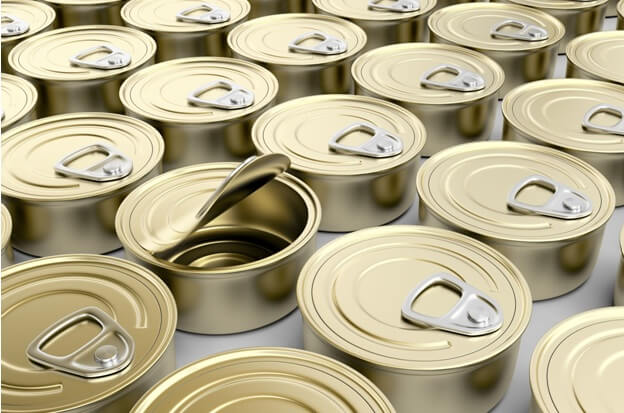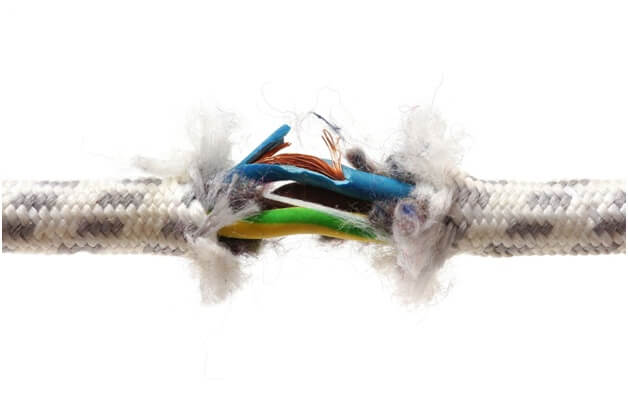Manufacturers are responsible for ensuring that their products are safe for consumers to use, and when an accident due to a defective product or a negligent manufacturer occurs, consumers are well within their rights to file a lawsuit.
Defective product lawsuits fall into several distinct categories. If you or a loved one has been harmed by a defective product, it’s important that you talk to an experienced personal injury attorney to determine what kind of case you have on your hands and how you should proceed. This area of personal injury law can be complex and going up against a big corporation or manufacturer can be intimidating, so you need to have a clear idea of what the manufacturer is responsible for in order to make the best possible case.
Here’s a brief look at the three general categories of defective product liability claims.
Failure to Provide Adequate Instructions or Warnings
In this type of case, a product may be dangerous to consumers if used in a certain way, but that danger isn’t apparent to the consumer without instructions or warnings. The clothing chain Ross recently got into hot water with the Consumer Product Safety Commission over this very issue.
Ross paid a $3.9 million fine for selling children’s jackets and sweatshirts with drawstrings that were a potential choking hazard. This settlement came about after Ross failed to add a warning or make their children’s clothing safer following an earlier penalty from the commission.
Defectively Designed Products
This is probably the kind of case we hear about most often. A defectively designed product is one that is inherently dangerous based on the manufacturer’s design specification. Defectively designed products are not just one item on the shelf that has some kind of error— it’s an entire product line. When a manufacturer releases a widely-used product that proves to be dangerous to users, recalls and lawsuits are likely to follow.
One recent case that’s been making headlines involves the health care giant Johnson & Johnson. The company recalled 93,000 hip implants after discovering that 12% fail in 5 years or even cause complications. While they have already paid out to insurance companies to cover the cost of removing the implants, they may face more lawsuits in the future if patients who were unable to remove the hip implant discover that the product fails and endangers them.
Defectively Manufactured Products
This is somewhat similar to the last category, but there’s an important distinction. Defectively manufactured products may have been designed safely, but somehow made unsafe during the construction process. This means that individual products can be responsible for an accident or injury rather than the entire product line. For example, a manufacturing error in specific lots of some of Plum Organics’ baby food products caused various illnesses among children and a mass recall.
While we’d like to think that the products we purchase have been thoroughly tested and couldn’t possibly harm us, injuries due to product defects or manufacturer negligence happen every day.
If you or a loved one is harmed because of a defective product, you should first seek the medical attention you need, then contact a personal injury attorney who has ample experience with these types of cases. We need to hold manufacturers accountable in order to prevent unnecessary accidents in the future.





